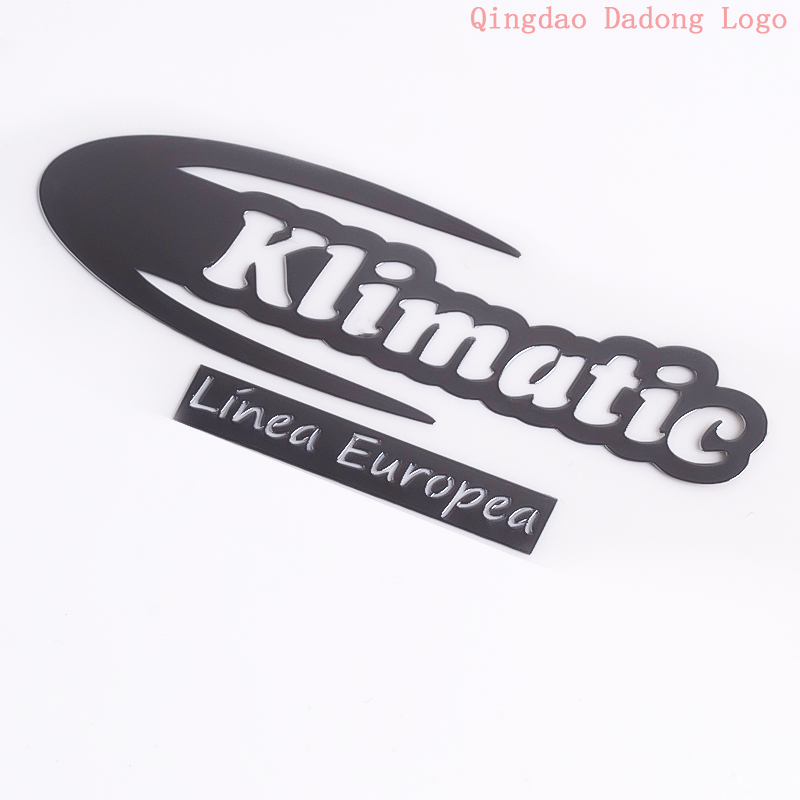NEWS
The principle and characteristics of nickel electroforming signs
Writer:admin Time:2023-07-29 15:09 Browse:℃
The surface treatment methods of nickel electroforming signs, such as electroplating, painting, and printing, are widely used in industrial production. However, with the continuous improvement of people's requirements for product appearance, traditional electroplating or spraying metal products can no longer meet people's needs. Therefore, new processing methods such as electric fusion welding technology using copper alloy as the substrate, hot dip galvanizing technology using stainless steel as the substrate, and direct cold pressing forming technology of hot-rolled steel strips have emerged. The emergence of these new technologies has greatly improved the quality of products. However, due to its high cost, it is currently only suitable for use on high-end products and special purpose products; Low end products that use the above two technologies have a lot to improve
Principle 1:
1. Arc heating method: The method of using the high temperature generated by the current passing through the workpiece to melt the material into a liquid state and form a uniformly distributed material layer is called electrothermal melting method. The main advantage of this method is that the equipment is relatively simple, easy to operate and maintain, and can control a wide temperature range. The disadvantage is low efficiency and susceptibility to oxidation and corrosion, as well as contamination of melted metal materials.
2. Resistance heating method and induction heating method: These two methods are based on the heat generated by electromagnetic effects and are characterized by high efficiency and good energy-saving effect. But there is a problem of being easily affected by interference.
3. Laser heat treatment: It is achieved by utilizing the physical properties of solid material molecules that absorb energy and release light energy. It has the advantages of fast speed, high accuracy, and less damage to parts, and is one of the important directions for future development.

2、 Features:
1. Efficient and fast: Rapid prototyping can be used to produce parts of various complex shapes, without any mold costs, and shorten the development cycle.
2. Low cost: Compared with similar traditional processing techniques, the production cost is greatly reduced.
3. Environmentally friendly and pollution-free discharge: No toxic or harmful solvent based adhesives or other auxiliary materials are added during the production process, which will not cause environmental pollution.
4. Easy and convenient operation: The gap size between various components can be adjusted according to customer requirements.
5. Strong adaptability: It can accurately achieve fixed positioning at any angle, ensuring stable and reliable product quality.
6. Superior performance: Long service life.
CATEGORIES
LATEST NEWS
CONTACT US
WhatsApp: +8615806503075
Tel: +8615806503075
Email: percy@dadonglogo.com
Addr: 7 Tonghe Road, Pingdu, Qingdao
